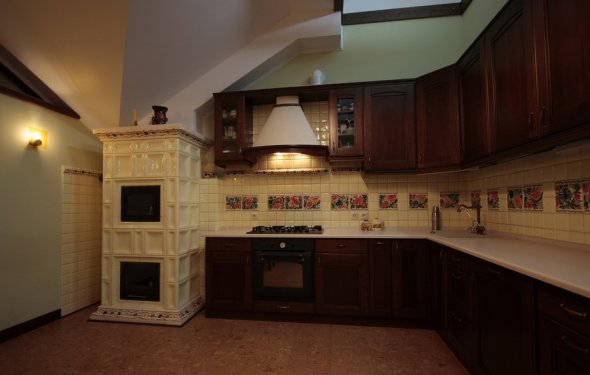Ceramic Kiln

 In fact, it is an advanced, eye-eyed, aractotic. The name was given by the Spanish island of Mayorsky, from where the buyers brought the painted tin frost with a plug, dishes and decoratives. Later, the art of the Mediterranean Ceramics came to Europe and Russia.
In fact, it is an advanced, eye-eyed, aractotic. The name was given by the Spanish island of Mayorsky, from where the buyers brought the painted tin frost with a plug, dishes and decoratives. Later, the art of the Mediterranean Ceramics came to Europe and Russia.
 [include id=1 " title= "The text" ]
[include id=1 " title= "The text" ]
Mail science was written by manual talented artists, and Ceramic kiln It was considered a luxury available only to very wealthy landlords.
This type of building stone was created as a more technological alternative to the face-to-face brick traditionally used to separate liver and fireplaces in Holland, Germany and other Nordic countries. The clinker is made of a mixture of several varieties of clay that adds champots and mineral paints, presses and then burns at high temperatures. As a result, there is a solid, thermally resistant, low-density, 9-12 mm thickness, with a wide gamma of the natural clay from the white and refugee to the bright terracotic and chocolate brown.
The blade for the furnace has a wide gamma of the shades of the natural glin from the white and running to the bright terracotic and chocolate brown
The most modern form of a separatist ceramic created in Italy in the mid-1980s of the past century. It is pressed at high pressure and temperature of the mixture of several varieties of clay, quartz sand with the addition of the smallest fractions of the granite and marble powder, salts and oxidants of various metals as painters. The monolithic non-critical structure, low- and very high-temperatures, as well as a wide variety of colours, factures and textures make this form of building blocks widely used in the building 's exterriers and interiors. In particular, the labelling of the keramogrene furnace is not only less than the traditional stoves in the thermal characteristics, but, thanks to a variety of designs, may successfully simulate the mayor, theracto, the clinker, granite, marble and other natural materials.

